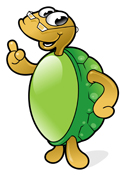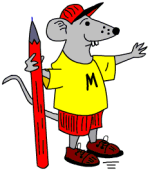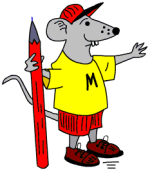Addition worksheet from mathsblog.co.uk
 Many parents say that the methods used today for adding are not the same as when they were at school. Often this is not strictly true: the final standard written method is the same, but the steps used to reach this standard method have changed. The worksheet attached explains this in more detail.
Many parents say that the methods used today for adding are not the same as when they were at school. Often this is not strictly true: the final standard written method is the same, but the steps used to reach this standard method have changed. The worksheet attached explains this in more detail.
The method of addition encourages understanding of the process of adding two, 2-digit numbers. It is known as ‘adding the least significant digit first’.
The method is to add the units first, then add the tens, finally adding the two together. It is a ‘half-way house’towards the standard written method, explaining what happens when the tens boundary is crossed during adding the units (ie when the units add up to more than 10). At this stage ‘carrying’ does not need to take place.







